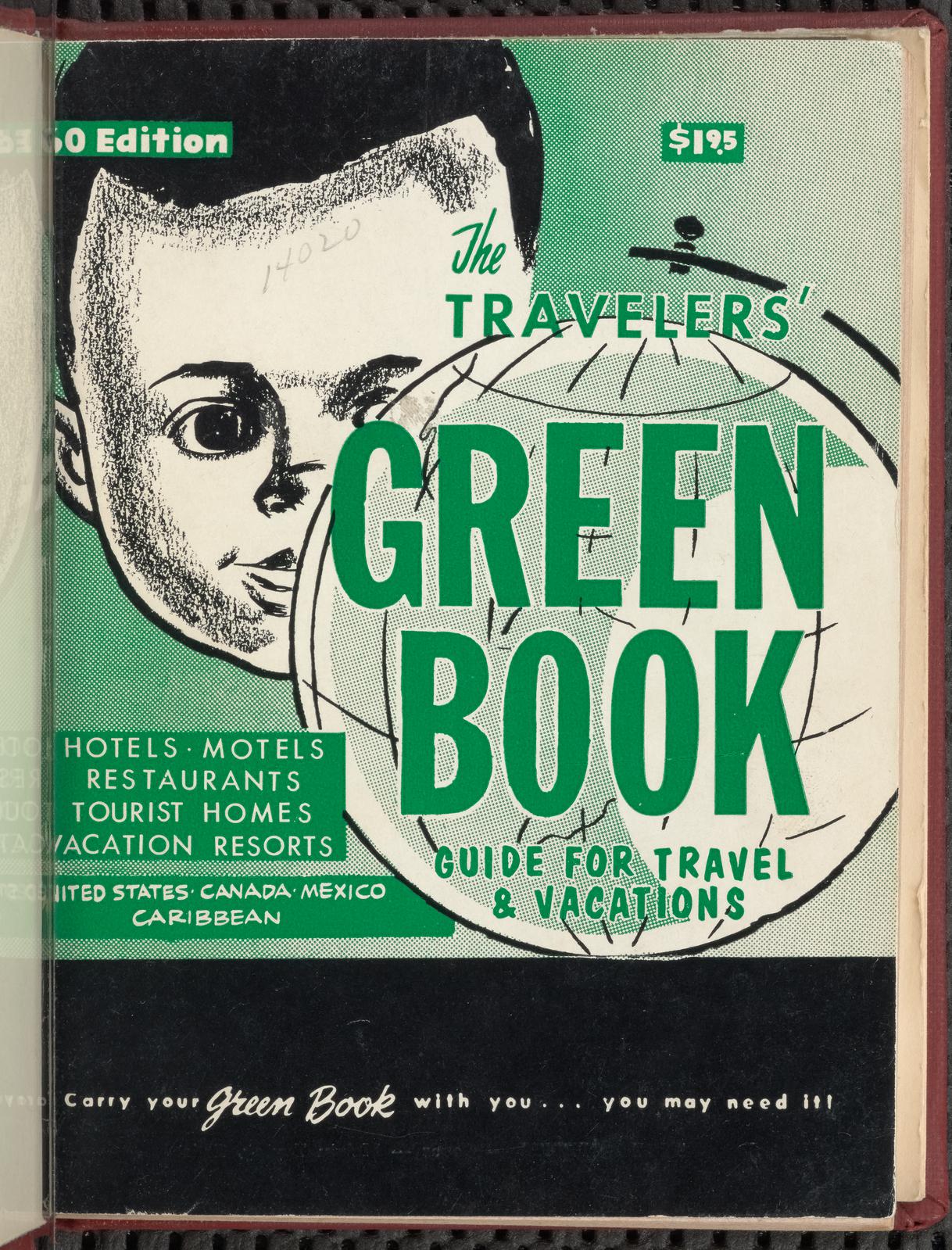

READ MORE: The Silent Protest That Kick-Started the Civil Rights Movement “The Negro is only demanding what everyone else wants,” the article stressed, “what is guaranteed all citizens by the Constitution of the United States.” In one of its last editions in 1963-64, it included a special “Your Rights, Briefly Speaking” feature that listed state statutes related to discrimination in travel accommodations. It usually avoided discussing racism in explicit terms-one article simply noted that “the Negro travelers’ inconveniences are many”-but as the years passed it began to champion the achievements of the civil rights movement. In offering advice to its readers, the Green Book adopted a pleasant and encouraging tone. The 1949 edition shined the spotlight on Robbins, Illinois, a town “owned and operated by Negroes.” In 1954, readers were encouraged to visit San Francisco, which was described as “fast becoming the focal point of the Negroes’ future.” The guide also offered travel tips and feature articles on certain cities. “We know a number of our race who have a long standing love affair with the tempestuous city of Paris,” the 1962 Green Book noted. Along with suggestions for the United States, later editions included information on airline and cruise ship journeys to places like Canada, Mexico, the Caribbean, Africa and Europe. With Jim Crow still looming over much of the country, a motto on the guide’s cover also doubled as a warning: “Carry your Green Book with you-You may need it.”Īs its popularity grew, the Green Book expanded from a motorists’ companion to an international travel guide.
#History of greenbooks skin#
The “Green Book” listed establishments in segregationist strongholds such as Alabama and Mississippi, but its reach also extended from Connecticut to California-any place where its readers might face prejudice or danger because of their skin color. In the pages that followed, they provided a rundown of hotels, guest houses, service stations, drug stores, taverns, barber shops and restaurants that were known to be safe ports of call for African American travelers.

That was how the authors of the “Negro Motorist Green Book” ended the introduction to their 1948 edition. It will be a great day for us to suspend this publication for then we can go wherever we please, and without embarrassment.” That is when we as a race will have equal opportunities and privileges in the United States. “There will be a day sometime in the near future when this guide will not have to be published.


 0 kommentar(er)
0 kommentar(er)
